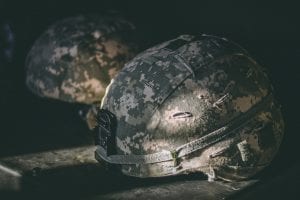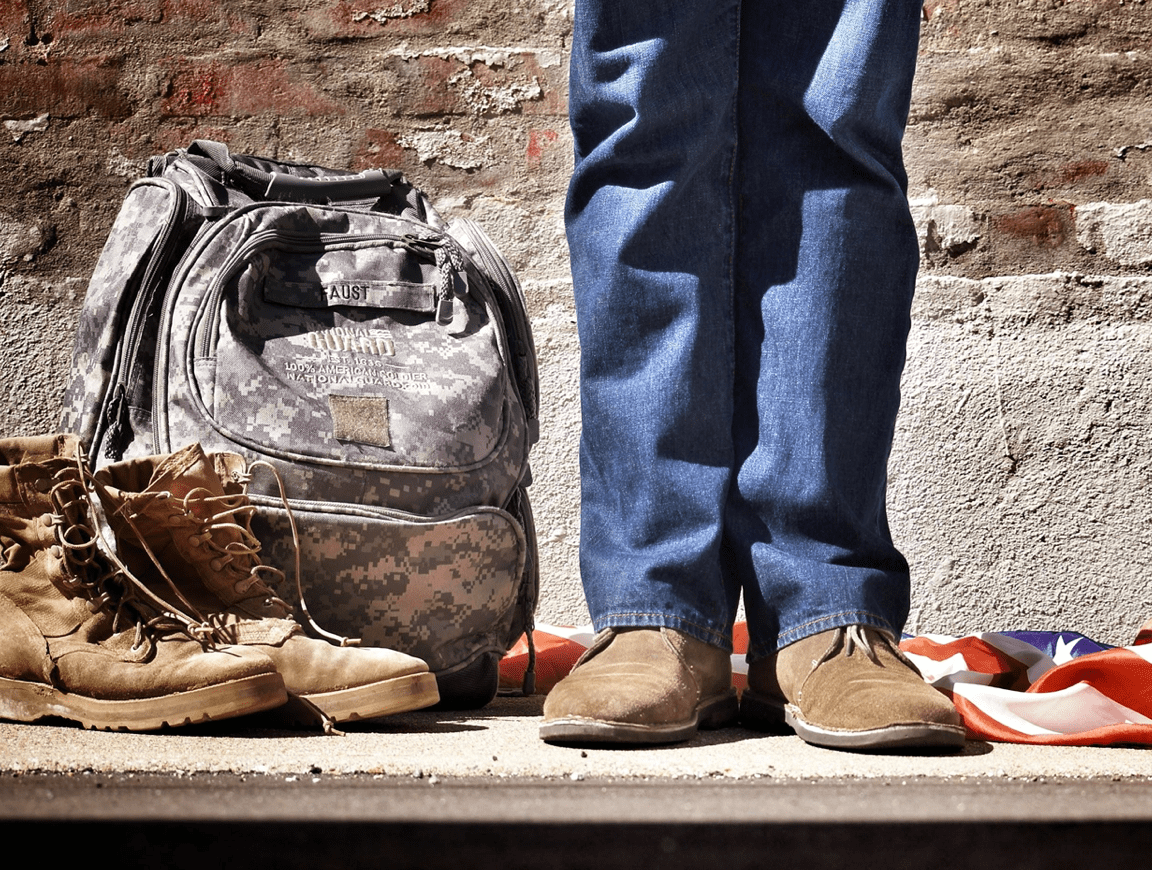It’s a sad world we live in when those who fought for us must continue to battle at home for necessary healthcare.
Going to war is only half the battle that many American veterans face. During their military tours, soldiers may experience injuries, exposure to radiation or chemicals, and extreme amounts of physical stress. Long-term disabilities and chronic diseases may change their way of life once they’re back in the states.
You may like to watch reunion videos showing happy veterans coming home. Unfortunately, this isn’t always reality. Many service men and women carry wounds that aren’t physical. They may witness trauma, death, and destruction that can affect their mental and emotional health for years to come.
Veterans often live with medical needs that can be difficult to diagnose and treat. Accessing care, even inside of the VA health system, can be challenging. Here is an honest look at the health risks of veterans and the hurdles many face to get the care they need.
Current State of Veteran’s Health Affairs
To better understand the issues affecting veterans, it’s essential to know who falls into this population. According to the U.S. Department of Veteran Affairs, the average U.S. veteran was 64 years of age in 2016. After our country experienced the tragedies of September 11, 2001 (9/11), the faces of military service men and women changed. Younger people entered the war on terrorism, which lowered the average age of veterans before and after 9/11 by 12 years. Another change to the face of our armed forces is the entrance of women, who now account for 17% of all veterans. Underneath the age and gender of those who served our county, lie details that can make life at home different and more challenging.

Nearly 6% of all post-9/11 veterans live without health coverage compared to only 1% of those who served in Vietnam. Our current veteran population lives with disabilities that limit their overall function and the activities they can perform independently. More than 35% have a service-connected disability, but only about 36% of all veterans use the VA Healthcare system.
The reasons for the lack of use of the system vary but may stem from years of concern that the VA healthcare system is crooked and fails to provide quality care. Some experts feel that the VA suffers from systemic failures to serve those it was created to help. This can leave veterans searching for healthcare coverage, going without treatment they need, or even living on the streets because of the lack of benefits. It isn’t always easy for veterans to obtain employment, either. There are times their health issues interfere. Many veterans start their own businesses in order to have a more flexible source of income.
Veteran’s Health Risks
There are more than 18 million veterans in the United States today. These men and women come home without limbs, suffer from severe trauma-related psychological disorders, and other conditions that are directly connected to their service. For many, it takes battling with the VA health system for years just to get the primary care they need and deserve.
Here are a few conditions that veterans are more likely to experience compared to the general population.
AL Amyloidosis
There are approximately 4,500 new cases of AL amyloidosis in the U.S. each year. This rare condition occurs when too much amyloid, an abnormal protein, builds up in the organs. Exposure to herbicides such as Agent Orange, which was commonly used in Vietnam and Korea, may be to blame for this condition in some veterans. Amyloid is produced in the bone marrow and can be deposited in various organs or tissues in the body. It affects more men than women and can damage the kidneys, liver, spleen, heart, and nervous system. Because this condition is rare and mimics other conditions, military nurses and doctors must be aware of the unique risk factors veterans may have in order to recognize the condition.
There is no cure for AL amyloidosis. Treatment is focused on minimizing symptoms as much as possible and limiting the production of the amyloid protein. Chemotherapy drugs are often used to stop the growth of the cells that create amyloid. Stem cell transplants that harvest stem cells from the individual with the condition may be an option for some patients if it’s caught early and the heart is not yet involved. Veterans suffering from AL amyloidosis may not be diagnosed with the condition until years after coming home from active service, making it difficult to prove that the disease is related to their time in the service.
Mesothelioma
Those who serve during times of war can be exposed to hazardous chemicals that cause mesothelioma, which is a type of cancer. This aggressive and often deadly cancer is caused by exposure to asbestos, which is naturally found in our environment. Asbestos was once used in brakes, shingles, insulation, and flooring products. When asbestos is heated, it creates dust that becomes airborne and can settle in the lungs, causing irritation that can lead to mesothelioma.
Veterans who served in the military before the 1970s are at the highest risk of being exposed to asbestos. Those at most risk worked in boiler rooms, shipyards, and demolished or built new buildings. They also worked on airplanes, jets, and on air bases with the substance. Mesothelioma can take years to diagnose, making it challenging for many veterans to prove that the condition was caused from exposure during their active military service. Treatment is typically aimed at symptom control, if the cancer has progressed beyond a point that it can be cured.
Post-Traumatic Stress Disorder
War is traumatic. Veterans witness death, experience extreme levels of stress, and many come face-to-face with the enemy. Images of the situations they witness can haunt them for years after battle. Post-traumatic stress disorder (PTSD) was once called shell shock and affects almost 20% of those who served in operations Enduring Freedom and Iraqui Freedom.
Those who served in the Gulf War experience the syndrome at a rate of 12% as well.
PTSD causes emotional and mental symptoms like unwanted memories, nightmares, and severe anxiety. Some soldiers come home with immediate symptoms of PTSD, while others may not have any signs of the disorder until months or even years later. This condition must be treated extensively with cognitive behavioral therapy that can be provided by social workers, other therapies, or physicians. For some veterans, therapy alone controls their symptoms, while others will need medications and significant changes in the lifestyle just to manage daily life.
Fighting for VA Health Needs
Veterans have earned the right to medical treatment and other benefits. They have suffered multiple traumas and situations that most of us can’t even fathom. Yet, some must go as far as suing the VA system for negligent care and other failures just to get the care they need. It’s a sad world we live in when those who fought for us must continue to battle at home.


Join the conversation!